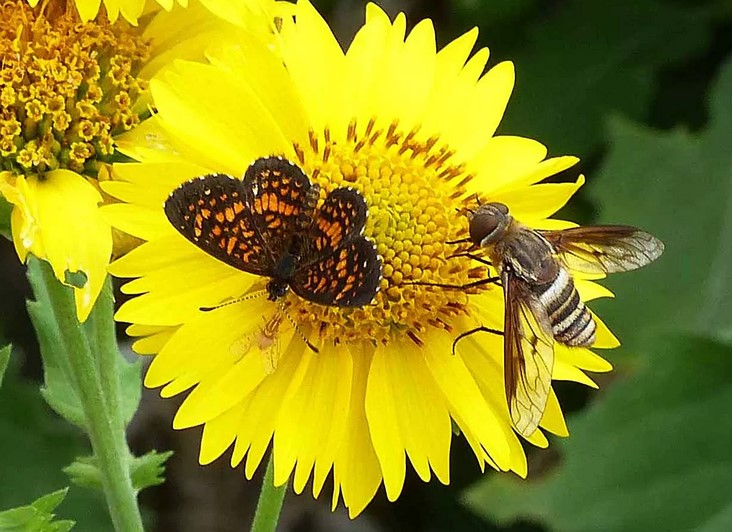Pollinators Harmed, But Pests Not Affected.
An exhaustive study of over 100 published papers about how air pollution affects various types of invertebrate insects has some unsettling results: The most beneficial insects are harmed, while the “pest” categories of insects appear to be unscathed. To make matters worse, the harmful effects don’t depend on the concentration of the air pollutant. Even trace levels disrupt ecological and biological function of pollinators and other insects that are beneficial. And the worst pollutant? Ozone.

The study, published on July 11 in Nature Communications, was led by researchers at the University of Reading in the UK and included colleagues in Australia and Canada. They looked at research papers on all the major air pollutants (ozone, particulate matter, nitrogen oxides, and sulfur dioxide) and covered 40 types of insects. Each pollutant showed a pattern of being detrimental to beneficial classes of insects (such as bees, moths, wasps, and butterflies), while having no effect on pests such as aphids that destroy crops. The foraging efficiency of pollinators declined a whopping 35% in some cases.

Why the disproportionate effect? The authors point out that beneficial insects like pollinators literally sniff the air to find flowers, prey, and mates. Their airborne chemical signals are disrupted by air pollution. Pests, on the other hand, don’t rely as much on the scent trails and instead use visual cues or direct contact for way-finding.
The results are concerning to lead author James Ryalls of the University of Reading: “Air pollution is an underappreciated threat to the insects that make our lives easier…We are facing a lose-lose scenario where air pollution harms helpful insects without affecting pests, potentially leading to greater crop damage, reduced yields, and less food on supermarket shelves.”
——————————–
Air Pollution Disproportionately Impairs Beneficial Invertebrates: A Meta-Analysis, J.M.W. Ryalls, J. Bishop, A.O. Mofikoya, L.M. Bromfield, S. Nakagawa, and R.D. Girling, Nature Communications, 15, 5447 (2024).
